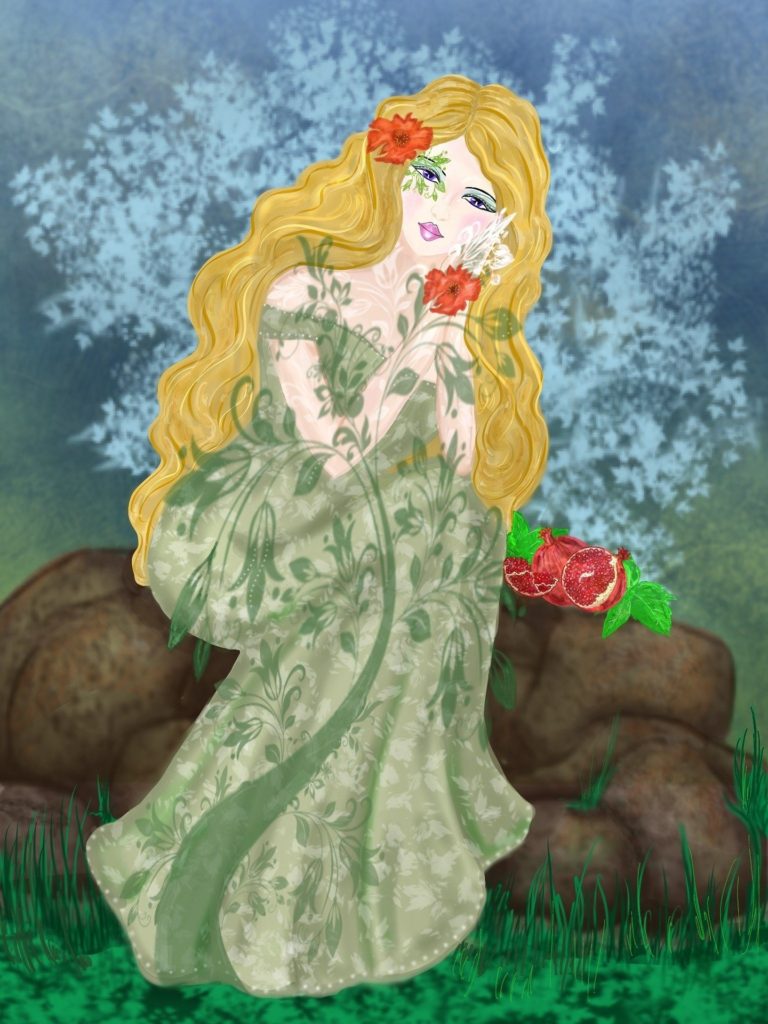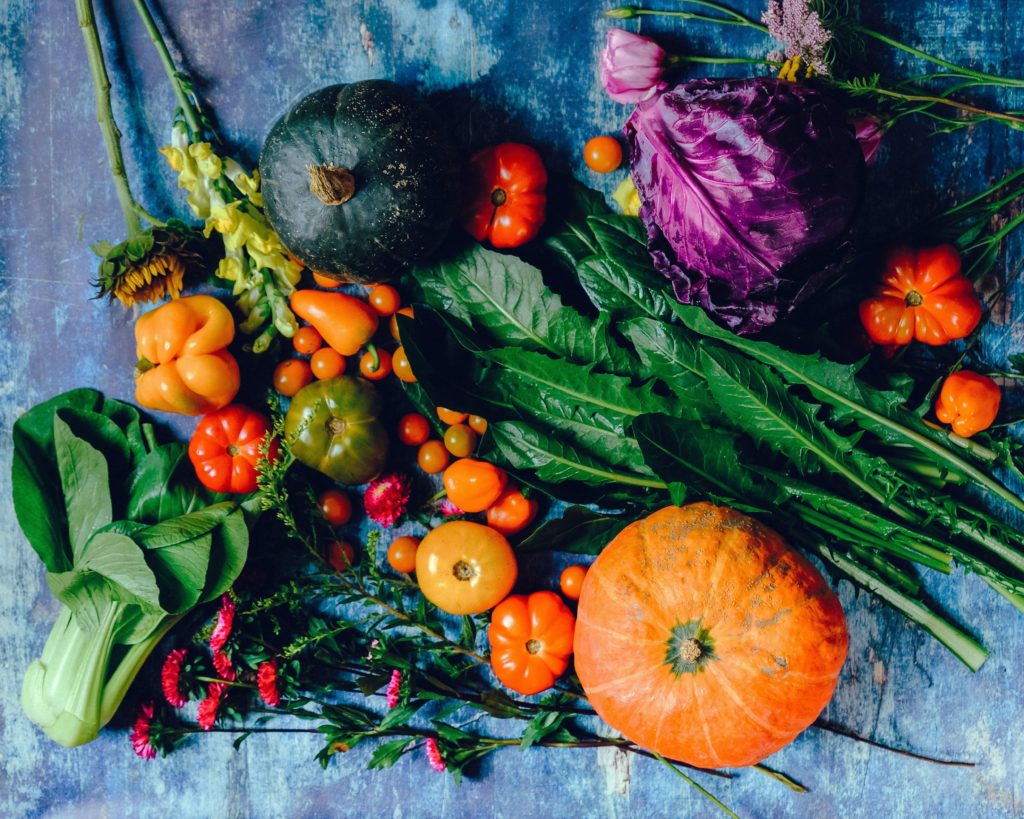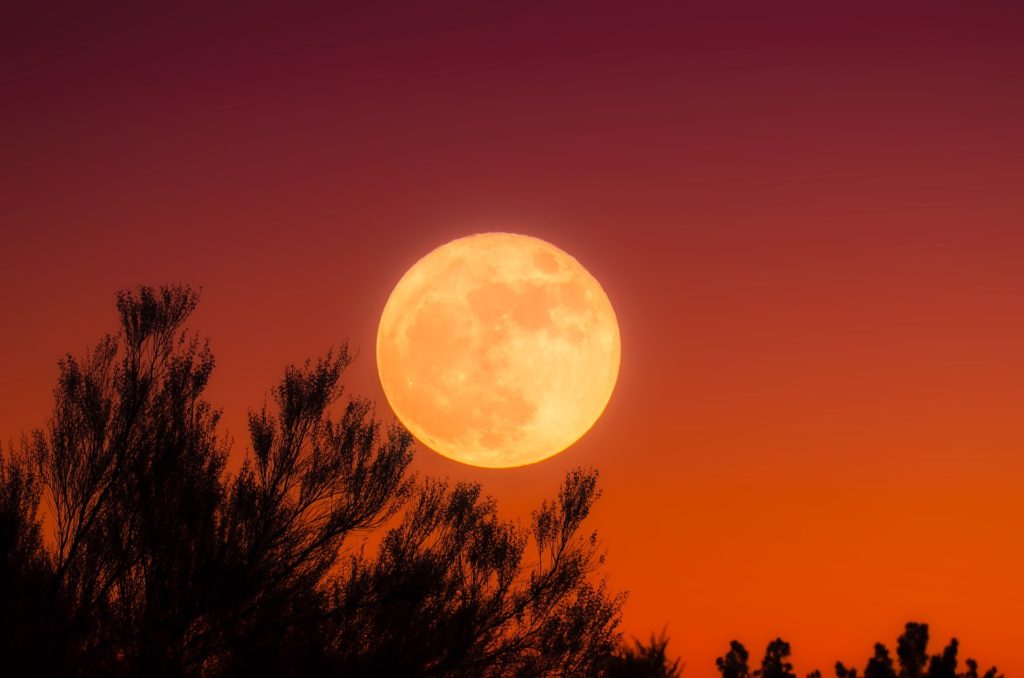On the first Friday of each month the Botanic Cottage hosts a drop-in session for those living with dementia and their family members, always with an RBGE inspired theme. Due to Covid-19 restrictions we are not meeting as a group yet, but instead our Garden Social tutor Jaimie is producing a written blog. Over to Jaimie…
Autumn Equinox and Harvest- a rhythm of light and life

On two days of the year, the Northern and Southern hemispheres receive the same amount of sunlight. Not only that, each receives the same amount of light as they do dark—this is because the earth is tilted at a right angle to the sun, and the sun is directly over the equator. In Latin, the word equinox translates to “equal night.” The Autumn equinox takes place on or near September 21, and its spring counterpart falls around March 21. If you’re in the Northern hemisphere, the days will begin getting shorter after the autumn equinox and the nights will grow longer—in the Southern hemisphere, the opposite is true.
The Equinox to a time for giving thanks, whether it is abundant crops or other blessings.
Harvest traditions and myths
People have celebrated harvest and ‘thanksgiving’ for a very long time, all around the world.

One well known harvest mythology is the story of Demeter and Persephone. Demeter was a goddess of grain and of the harvest in ancient Greece. Her daughter, Persephone, caught the eye of Hades, god of the underworld. When Hades abducted Persephone and took her back to the underworld, Demeter’s grief caused the crops on earth to die and go dormant. By the time she finally recovered her daughter, Persephone had eaten six pomegranate seeds, and so was doomed to spend six months of the year in the underworld. These six months are the time when the earth dies, beginning at the time of the autumn equinox.
The Thesmophoria festival was dedicated to Demeter and her daughter Persephone and was celebrated in order to promote fertility, both human and agricultural. It was celebrated only by women, and men were forbidden to see or hear about the rites.
China’s Mid-Autumn festival is celebrated on the night of the Harvest Moon, and is a festival of honoring family and togetherness, and remains one of the widest spread harvest festivals in the world.
A vital part of this festival celebration is worshipping of the moon. The ancient Chinese believed in rejuvenation being associated with the moon and water. The festival was a time to enjoy the successful reaping of rice and wheat with food offerings made in honour of the moon. Today, it is still an occasion for reunions among friends and family to eat mooncakes and watch the moon, a symbol of harmony.
Giving Thanks in America

If we follow American culture, we have may have the impression that Harvest or Thanksgiving traditionally happens in November. Originally, from around 1621, the American Thanksgiving holiday was celebrated in October, which makes a lot more sense agriculturally than the November date. At certain points in time between then and around 1863 it was celebrated off and on. It turns out the reason Americans now celebrate thanksgiving in November it seems is due to a series of political/economic decisions. In 1863, Abraham Lincoln changed the date to the last Thursday in November and in 1939, Franklin Delano Roosevelt adjusted it making it the second last Thursday, with the intention of boosting the economy post- Depression. However, as this was confusing for the public, Congress later declared the fourth Thursday of November would be Thanksgiving.
A harvest feast to share
As harvest is a time of celebration today, so it was too for early agricultural societies. Recognising the importance of developing relationships with their neighbours and reciprocal opportunities to share food and other resources in times of need and hunger, they made harvest celebrations a priority. Many people celebrated the harvest with feasting, drinking, and eating. Picture the scene, the grain from the field had been made into bread, wine had been made from grapes, vegetables and fruits had been stored as preserves and ferments to last through the winter. What better thing to do than to have a big party!
Ingredients for a harvest feast
Your favourite people, whether that be friends or family + fresh and plentiful food including vegetables and fruits, bread, preserved and fermented food and fresh fruit juices.
If you want to make a sweet treat to share you might like to try making an old favourite with your loved ones, using up the last of the summer berries (or fruits of your choice).
I do love the process of making a crumble, the simplicity of chopping the fruit and rubbing together the butter, flour and sugar to make the crumble topping. I find it really relaxing. I hope you do too!
Strawberry crumble

The light of the Harvest Moon

The term “harvest moon” refers to the full, bright Moon that occurs closest to the start of autumn. The name dates from the time before electricity, when farmers depended on the Moon’s light to harvest their crops late into the night, which was really important during autumn. The harvest moon in 2020 is due to be on October 1st.
For several nights leading up to the Harvest Moon, the moon appears just after sunset, enabling ancient farmers to harvest their crops into the night. Every year, there are just a little over 12 complete moon cycles, and throughout the year the moon rises an average of about 50 minutes later each day but nearing the autumnal equinox that difference is only about 30 minutes.
A Harvest decoration – an example
Take some time this month to create some decorations for your home to celebrate the Autumn Equinox and the Harvest moon.
When we think of harvest festival, what images come to mind? Use some of these examples and create a harvest banner.
- A full moon
- Vegetables and fruit, such as squashes, pumpkins, gourds, root vegetables and apples
- Seeds, nuts, and seed pods
- Baskets and weaving, Sickles and scythes
- Grapes, vines, and wine, bread and grain
- The Cornucopia
Download the file below to get step-by-step instructions on how to make your own decoration.
And finally…a poem for you
Abundant Harvest – Poem by James McIntyre
This poem was composed and read at a gathering in the new Parsonage, Salford, in the fall, 1883.
The farmers are in cheerful mood,
For harvest all it hath been good;
And all the grain was sown this spring
An abundant yield will bring.
And you can scarcely stow away.
The yield of barley, oats and hay;
Such pasture it is seldom seen,
E’en now it is so fresh and green.
This beauteous color nature decks
While it insures you large milk checques [sic],
And certes you’ve much cause to praise
For hogs and cattle that you raise.
Our Garden Socials at the Botanic Cottage are kindly supported by players of the People’s Postcode Lottery.
